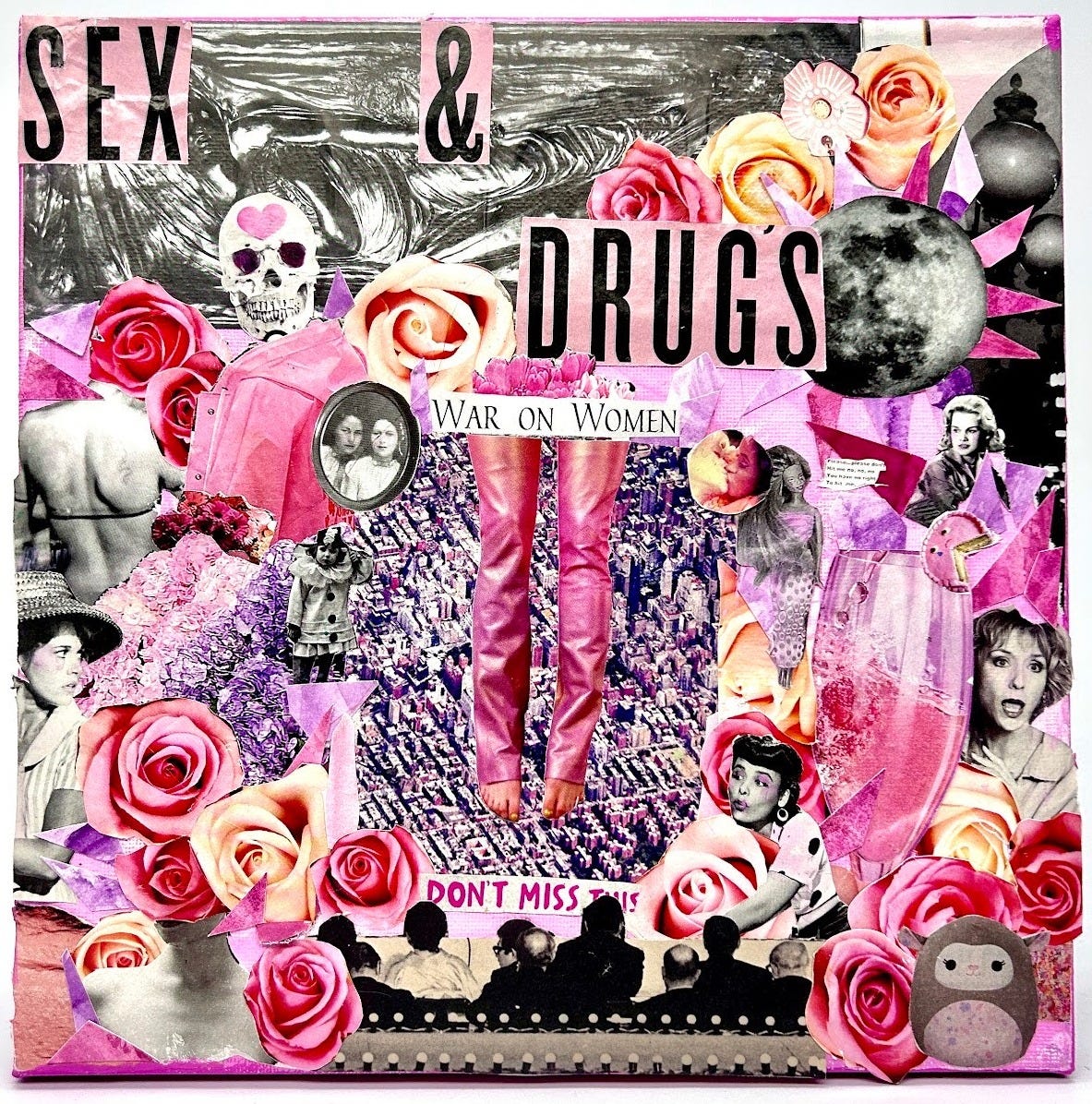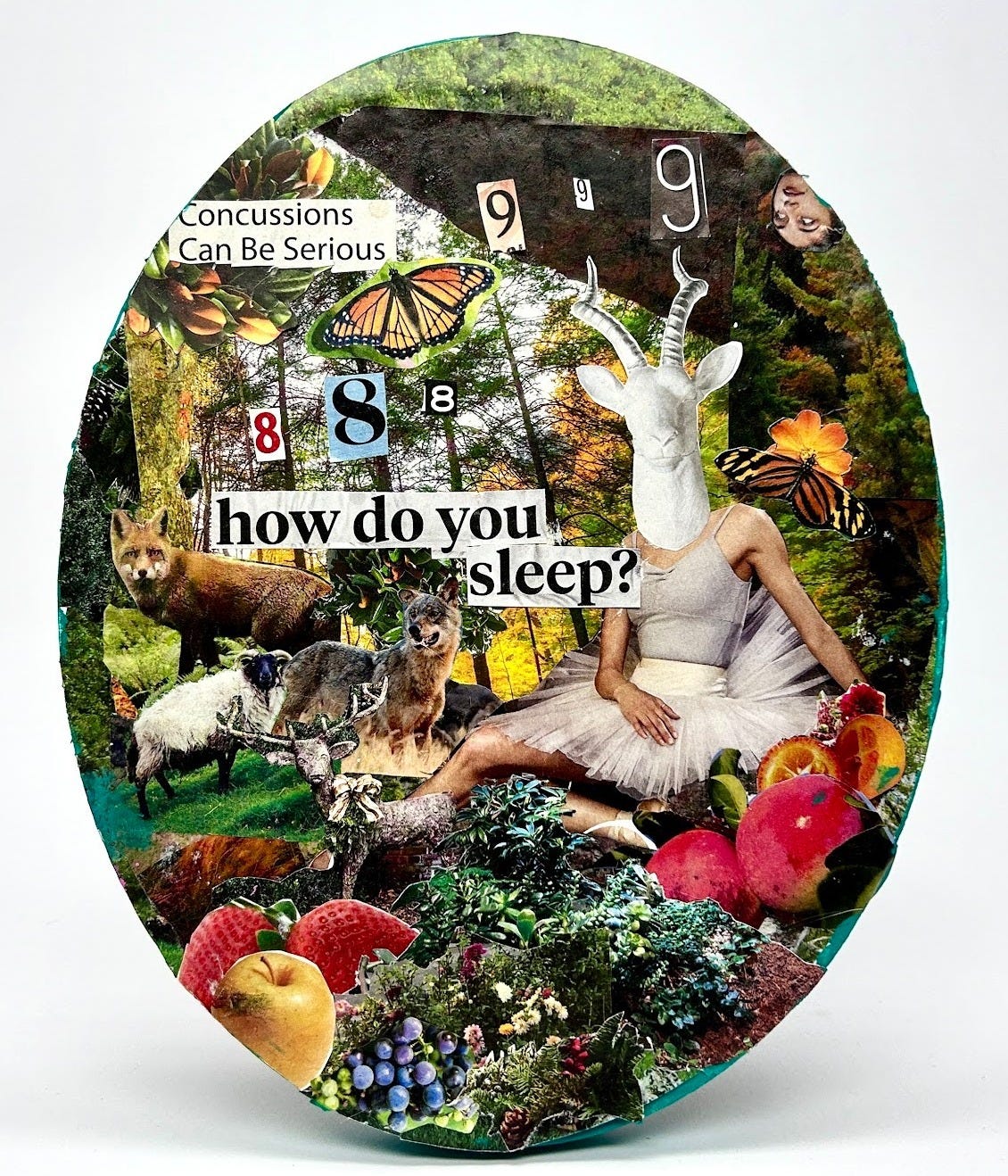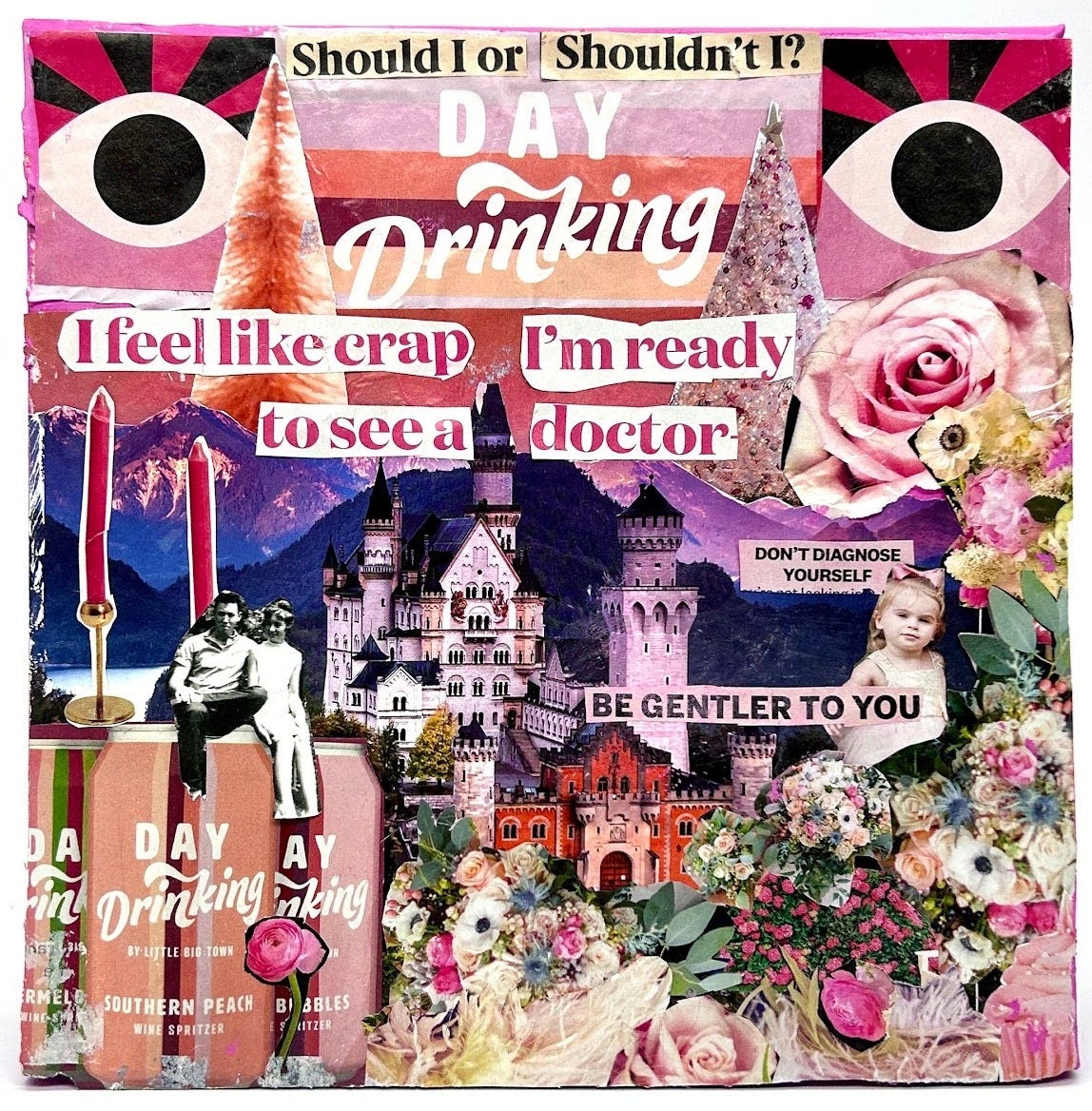In Remembrance of Eve
"My empathy for Eve was not shared by my peers. I remember the other children calling her stupid and cursing her for cursing Adam—and more importantly for cursing them."
By Joci (@joccywow)
When I was a child, I felt sorry for Eve. I recall sitting in my Sunday-school class and hearing the story of Creation once again followed by the Fall of Man. My Sunday-school teacher reminded us that this Fall was prompted by Woman: Eve. It was a curt reminder of whose fault the Fall truly was and who must therefore bear the consequences. I couldn’t bring myself to blame Eve, even then. She couldn’t have known what she was doing. She was only naïve. Eve had only known of love in the garden of Eden; how could she know of deception? How could she have understood the serpent’s intentions, when God had not warned her of such evil?
My empathy for Eve was not shared by my peers. I remember the other children calling her stupid and cursing her for cursing Adam—and more importantly for cursing them. I remember that night I cried for Eve and I prayed to Jesus to forgive her. I laid awake, thinking of how beautiful the garden was, and how beautiful she was there. I wondered why God had to blame all of us for one woman’s mistake. As I have gotten older, this seems to be the case both inside and outside of religion, as women still bear the weight of societal expectations and judgments. Whether she be a whore, a witch, or a Jezebel, she will be forever blamed for the sins of her mother, and her mother, and so on: a cultural scapegoat.
A woman cannot be seen for her personhood, but rather her status as “woman”. We cannot be seen as anything more than a spawn of Eve, and western patriarchal culture cannot see past the paradise that we have cost them.
This series of collages, titled In Remembrance of Eve, is a narrative exploration of my contemporary experiences in womanhood and my inner battles through not only girlhood, performative femininity, and traditional gender roles, but also my own mental health and Christian upbringing through the lens of radical feminism. Each piece is composed of magazine clippings and cardstock, layered with gouache paints. Magazine clippings were the ideal material for this series, as they are commonly marketed towards women and promote hyperconsumerism, gossip culture, and ever shifting feminine expectations.
The first piece (Sex and Drugs: The War on Women) is a chaotic and hyper feminine composition teetering between the beautiful and grotesque. Surrounding the composition are examples of feminine performance, various leaps and bounds to squeeze themselves into the male gaze. Some classic examples of beauty standards exist between contemporary examples, showing how as time goes on, the lust of man has grown. A panel of masculine voyeurs lie at the bottom of the composition. They judge the performance, and divvy the women's validity to those who pass their test. The demands for the woman's performance grow more insatiable, pushing women toward deviancy and depravity. At the center of it all is the ultimate performance: a woman’s death on display. The reaper, clad in pink, stands close to her side, waiting. She represents the taboo fascination of women's death in media, and also a reflection of a woman's death of self outside the gaze. The loss of who we are and who we could be. A panel of masculine voyeurs cry out below her, "Don't miss this!", as though they are clambering to the edge of their seats. One’s inner child stands upon the left side of our star performer, desaturated of color, scratching her head and staring out at the viewer. On the other side, a mistreated Barbie doll whispers and weeps through the façade, "Please... please don't... no, no, no... you have no right to hit me." She suffers the abuse that occurs if the performance does not meet the male standards. Pink sparkling wine and sweet treats come our way to dull the pain. Little offerings from our greatest male supporters. The show must go on.
The second piece of the trilogy (Dreaming of Eden) quite literally envisions a dream of paradise untouched by the Fall. Predator and prey lie together in peace and tranquility and abundance eliminates all need. There is no fear; there is no sadness. I look into my own dream and I see myself among them, though I am not myself. I am above it all, now a voyeur looking in. Who I am down there is not of “mankind”. I am stripped of my humanity and I wear the head of an animal happily. I lie with my fellow beasts. It is a paradise that has been preached to me since childhood. It is a paradise I yearn for and I will never know, forever unattainable to humanity because of Eve. Even if such a paradise existed today, it would remain out of reach for me, a descendant of Eve. I long to stay in this dream. I’m exhausted from the relentless performance but I know in my heart I cannot stay. The angel numbers 888 and 999 serve as a sobering reminder that this dream is fleeting, and the reality of the world we inhabit is one of struggle and imperfection; regardless, that reality must reign.
The third and final piece of the trilogy (Should I or Shouldn’t I) strikes a balance between the chaos of the first and the tranquility of the second. It is a calmer composition, retaining the hyper feminine visuals of the first, but there is room to breathe. It is as though a fragment of Eden has seeped into reality. There is a seed planted in my mind from a dream that things can improve, that there is a capacity in this world to change. There are possibilities, and my eyes are finally open to them. One may say this is “waking up”, but I believe there is something subconscious that we must be attuned to. This value of hope and the drive to move mountains that may have possessed us in our years of youth, long ago squashed due to our unfortunate sex. Now that we have awakened, the inner child returns in this piece, fully saturated, her gaze kinder and more knowing. I can hear her voice, represented by the text with pink backing. She challenges the negativity and offers a counter-narrative of resilience and hope. It is laced with pop-psychology messages, a coping mechanism many women use to bear with the reality they feel they can’t control. The urge to fall back into the performance lingers. It’s the norm, it’s what I know—but honestly, I feel like crap. I don’t want to do it anymore. Having a glimpse of paradise, I will strive to create that here in my own life and the lives of other women. There is still a touch of desaturation in this image, a man and woman sitting above alcohol cans, waiting for the performance to resume. While there are many issues still lingering, the overall tone is one of cautious optimism. A belief that paradise, though lost, can still be pursued. It may not be unreachable Eden, but it will be something new on the horizon.





